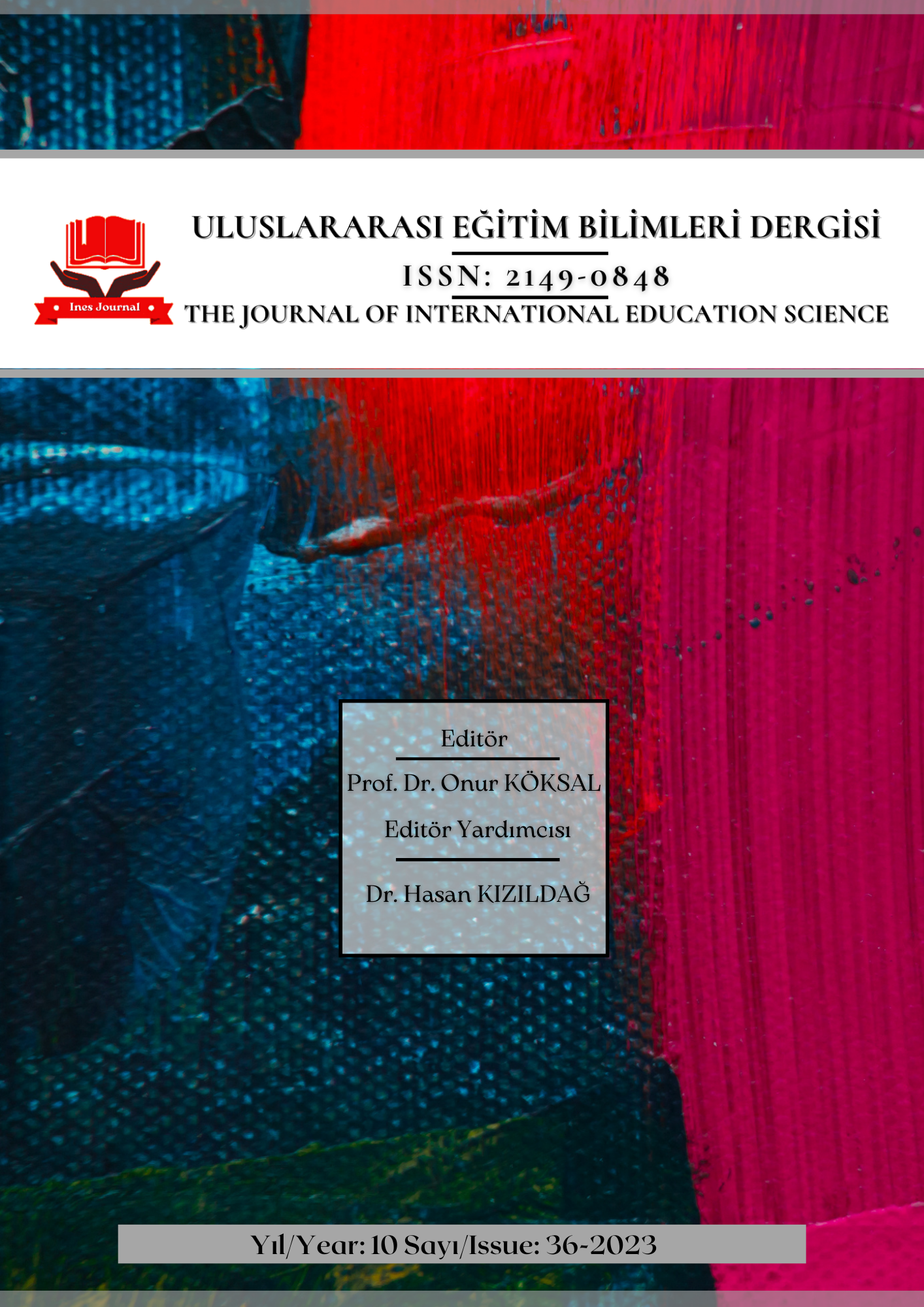Author :
Abstract
Yapılan araştırmanın amacını, TALIS 2018 veri setine dayalı olarak Türkiye’de ortaokul kademesinde (ISCED-2) görev yapan öğretmenlerin yapılandırmacı öğretim uygulamalarının öğretmen-düzeyli ve okul-düzeyli faktörler açısından incelenmesidir. Araştırmanın örneklemini, Türkiye’de ortaokul kademesinde görev yapan öğretmenler ve okul müdürleri oluşturmuştur. Kayıp verileri hesaba kattıktan sonra, araştırmanın örneklemini 196 okuldan toplam 196 okul müdürü ile 3.952 öğretmen teşkil etmiştir. TALIS 2018 veri setinin iç içe geçmiş yapısı nedeniyle, yordayıcı değişkenler ile öğretmenlerin yapılandırmacı öğretim uygulamaları arasındaki ilişkiyi incelemek için iki-düzeyli HLM kullanılmıştır. Araştırmanın sonucunda, bazı öğretmen-düzeyli faktörlerin öğretmenlerin yapılandırmacı öğretim uygulamalarını önemli ölçüde açıkladığı görülürken, okul-düzeyli faktörlerin ise hiçbirinin bu uygulamalar üzerinde etkili olmadığı sonucuna ulaşılmıştır.
Keywords
Abstract
The purpose of the research was to examine the constructivist teaching practices of teachers working at secondary school level (ISCED-2) in Turkey, in terms of teacher-level and school-level factors based on the TALIS 2018 dataset. The sample of the research consisted of teachers and school principals working at secondary schools. After taking into account the missing data, 196 school principals and 3.952 teachers from 196 schools formed the sample of the research. Due to the nested nature of the TALIS 2018 dataset, two-level HLM was used to examine the relationship between predictor variables and teachers’ constructivist teaching practices. As a result of the research, it was concluded that while some teacher-level factors significantly explained teachers’ constructivist teaching practices, none of the school-level factors were effective on these practices.
